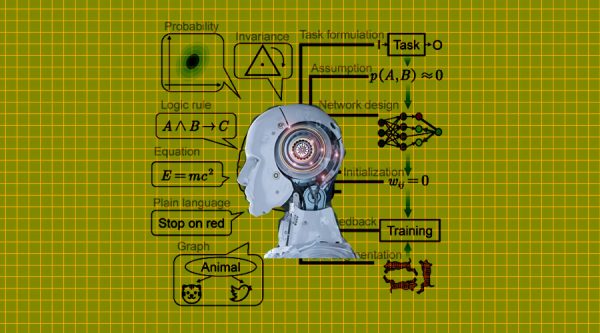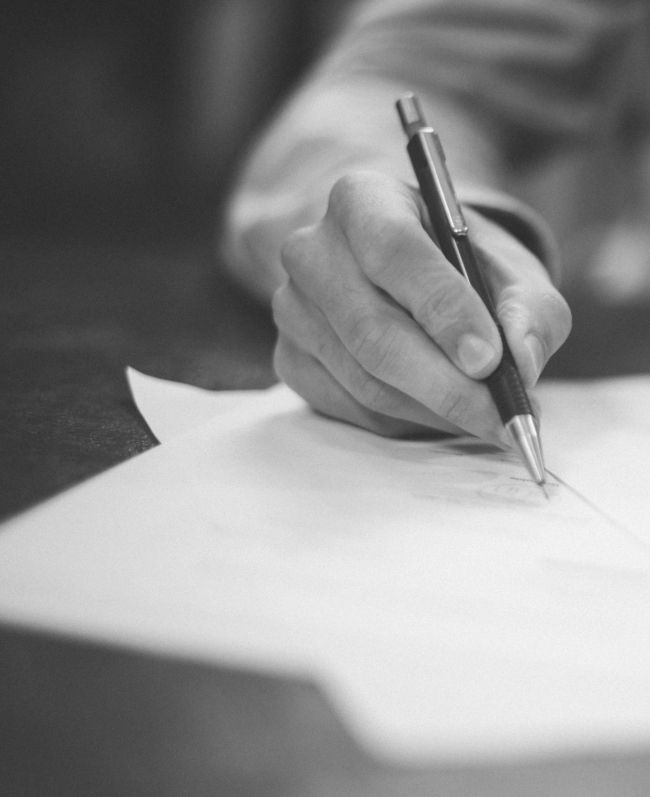Matteo Messina Denaro, the presumed head of the Sicilian Mafia who has been on the run since 1993, was recently apprehended by the Italian authorities. The Carabinieri released a photo of him that had been digitally aged to help in the hunt.
Traditionally, artists have created these portraits by editing old photographs of the suspect and adding wrinkles, hair loss, and other signs of aging. Yet, there has been a shift in recent years toward using computer systems that use machine learning, which is a far more sophisticated and officialized method of altering people’s faces.
Even though it’s impossible to forecast a person’s appearance years after their last photograph was taken, these photographs can nevertheless be useful to law enforcement. This is how technology has advanced.
A developing ability
The initial computerized technique, which has since been replaced, relied on the variance of two average photographs. To create an average “young” image, photos of several persons (perhaps 30) who fit the target’s age, sex, and general coloring were mixed.
The typical “older” face was created by another older set. Greying hair, wrinkles, and other differences between the two photographs were estimated by the computer and then applied to the young face image to create an older-looking version.
Whether it genuinely produced an image that resembled the subject as an older person is debatable, but when one of us (Peter Hancock) tried it, it produced a picture that resembled his father remarkably, albeit without the National Health Service glasses.
Famous American psychologist Alice O’Toole, a professor at the University of Texas at Dallas, unintentionally made another discovery about computerized aging. She was attempting to create automatic 3D caricatures of people by highlighting any variations between a particular face and the typical visage of others their age. The caricatures, she saw, appeared older.
With age, it seems that people generally get more recognizable—thin people become gaunt, and prominent noses get bigger. This brings up a crucial point about aging: Everyone ages differently.
Our environment and our DNA both have an impact on how we mature. The skin might age from working outside. Diet and smoking can both have significant consequences. To examine how aging has affected relatives in photographs, an artist seeking to create an aged image may do so. Moreover, some computerized techniques make this endeavor.
It might be challenging to precisely forecast someone’s future appearance due to the interaction of nature and nurture. There are significant disparities in how artists prepare an age progression, according to our research with US psychologists Blake Erickson at Texas A&M University-San Antonio and Jim Lampinen at the University of Arkansas.
We discovered that averaging the age progressions of various artists was just as effective as using the single best image. This looks like a decent technique to increase accuracy because it is impossible to predict which image will be the best in advance.
Creating several photos of a person with a range of potential aging scenarios could be a useful option. For instance, it can depict them with various degrees of baldness.
The concept is inspired by the process used to generate a suspect’s facial composite. These composites are digital likenesses created based on eyewitness testimony. This is done in the hopes that someone may be able to identify the person and identify them to the police, providing a lead for their inquiry (that may or may not be correct).
Software tools like E-Fit and EvoFit (which we created) may produce many variations of the offender’s appearance with and without a beard, with a hat, and with other typical disguises. Also, they have the power to alter age, weight, health, and other characteristics of appearance that are associated with aging.
Innovative directions
Deep neural networks, the kind that is revolutionizing artificial intelligence, are currently used in computerized systems for aging suspects based on old images. These are sophisticated computer systems with the capacity to learn from past mistakes and be employed for difficult tasks.
The networks learn to perform the mapping by providing an older image when they have been given the youthful one after being trained with, or shown, a huge sample of photographs in pairs, showing the same person at two different ages.
While such a system may only be able to learn how a face ages on average, it is also capable of learning far more specific information, such as whether a certain type of face would age in a particular way.
Researchers compete to reduce the discrepancies between forecasts and reality by comparing the results with known samples of faces. The technology is simple to use; in fact, there are phone apps that, if desired, would make your face look older.









